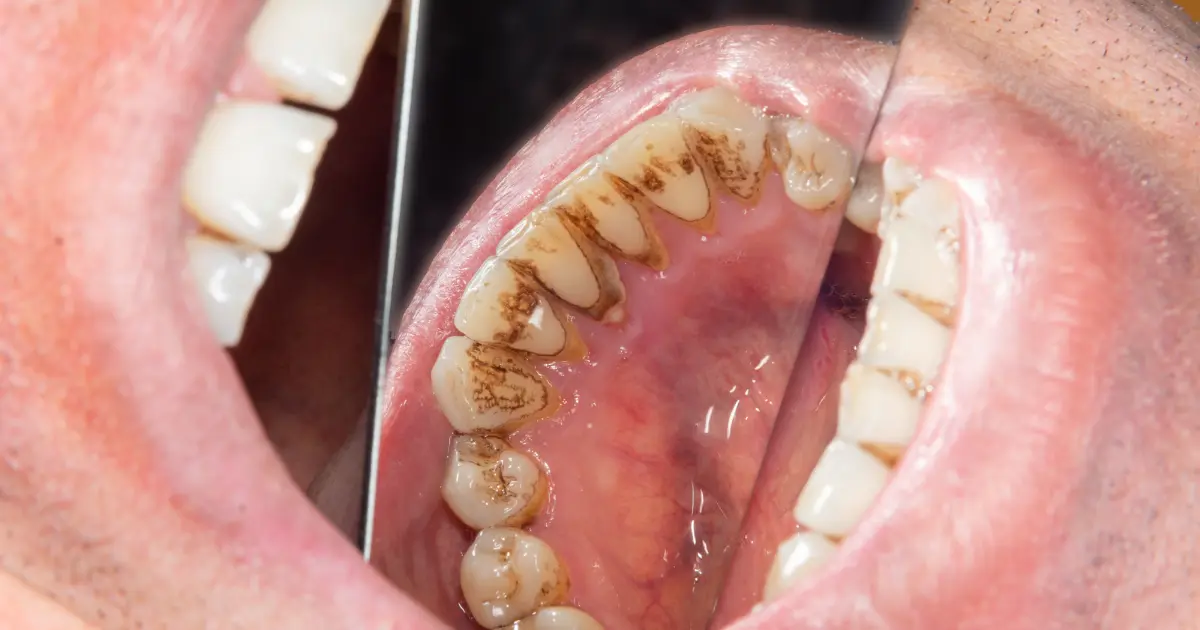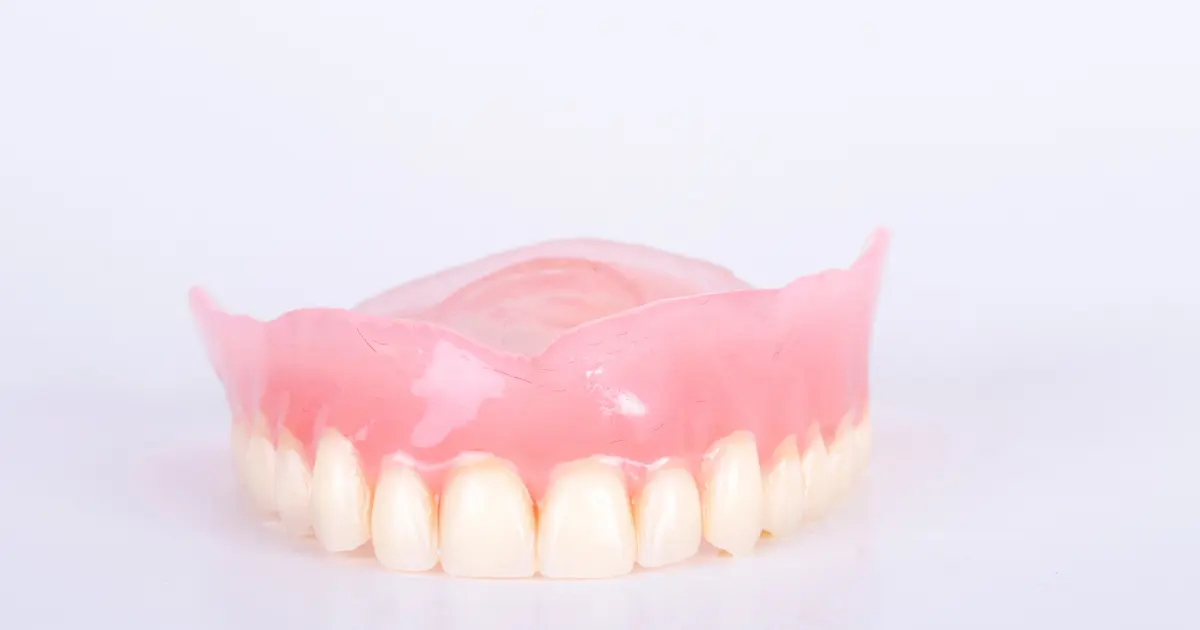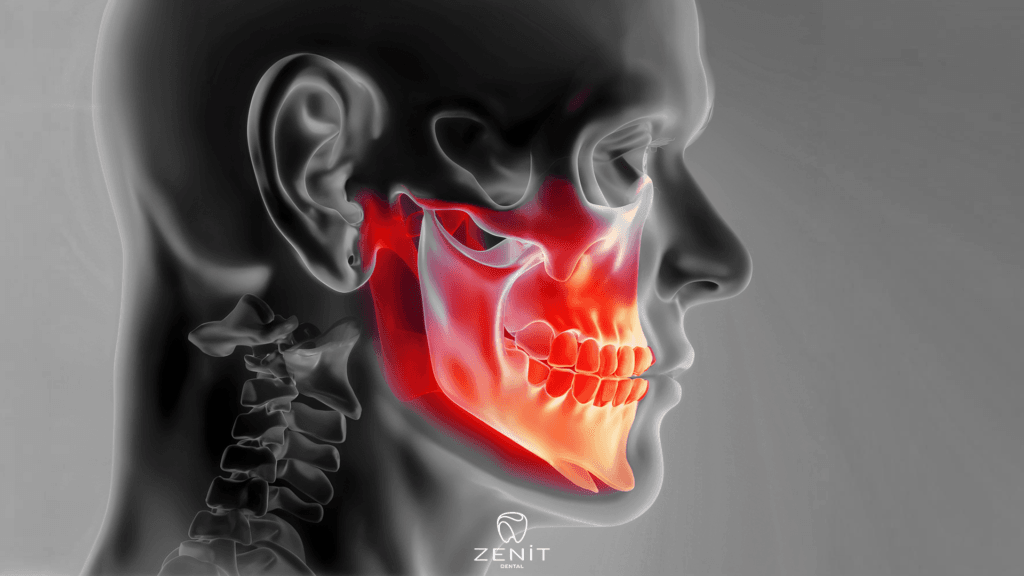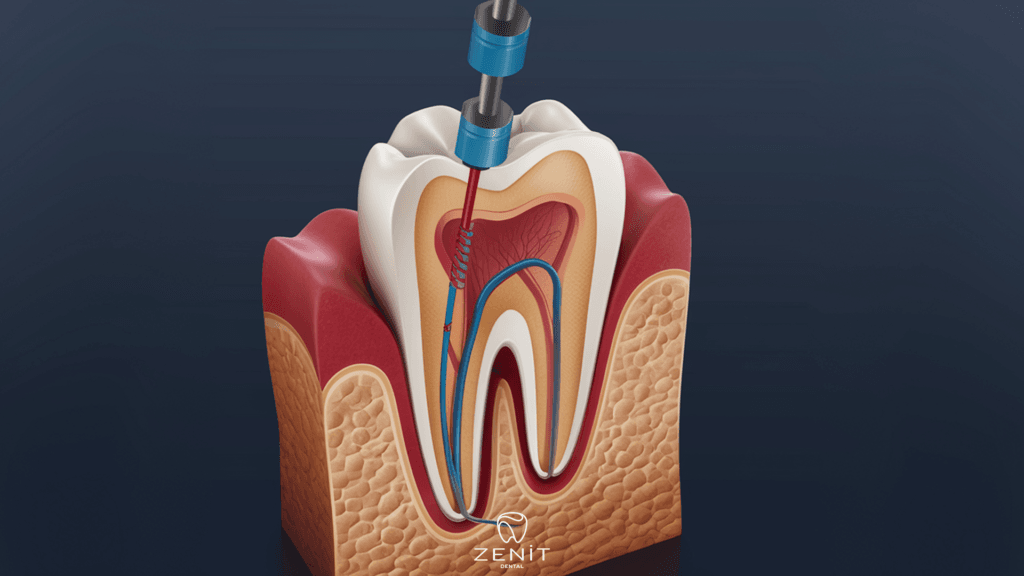Everyone has dental plaque. This film formed on the teeth when oral bacteria combine with sweet or starchy meals. Brushing and flossing remove plaque from the teeth. If you don’t eliminate plaque, it hardens into tartar. Plaque can lead to dental decay, gingivitis, and tooth loss. Routine dental exams eliminate plaque and preserve teeth.
Dental plaque is a bacterial coating that grows continuously on teeth. Bacteria in plaque create acids when you eat or drink. These acids can erode tooth enamel and lead to tooth decay and gingivitis. Plaque can also form behind the gums on tooth roots and deteriorate the supporting bones. Plaque left untreated can harden into difficult-to-remove tartar. Also, plaque is eliminated with frequent brushing and flossing as part of good dental care.
What Is Dental Plaque?

Plaque on the teeth is a sticky, white or light yellow coating that forms continuously. Also, plaque begins to build on teeth four to twelve hours after brushing, which is why it is essential to brush twice daily and floss everyday.
Plaque forms when carbohydrates (sugars and starches)-containing meals, such as milk, soft drinks, and confectionery, are repeatedly left on the teeth. Certain foods provide an ideal environment for the bacteria in the mouth, which then create acids. These acids degrade tooth enamel over time, causing tooth decay. Plaque can also form on the dental roots behind the gums, resulting in the destruction of the bone that supports the tooth.
What Are The Causes Of Dental Plaque?

Back teeth are more commonly affected by tooth decay. These teeth contain several groves and nooks. Although these grooves aid in the chewing process, they can also trap food particles. These back teeth are also trickier to maintain a clean appearance than the front teeth, as they are more easily visible and reached. Consequently, plaque can accumulate between these back teeth, and bacteria can flourish, generating an acid that erodes enamel. In addition to these, there are several causes for dental plaque. These can be listed as:
- Unsufficient dental care
- Dry mouth
- Receding gums
- Snacking oftenly
What Are The Symptoms Of Dental Plaque?

If your teeth are clean, they should feel smooth when you touch them with your tongue. However, if plaque has accumulated on the surface, your teeth may feel fuzzy when you do so. This often occurs when you haven’t cleaned your teeth in the morning, but if it persists throughout the day, it may be an indication of excessive plaque buildup. Moreover, there are also other symptoms can be observed. These symptoms are:
- Discolored teeth
- Gums receding and bleeding
- Terrible-smelling breath (Halitosis)
- Red, swollen, softer gums that bleed often after brushing or flossing
How Is Dental Plaque Removed?

Maintaining good oral hygiene by brushing twice daily and scheduling regular dental checkups is crucial. However, if you are unable to see a dentist or you want to keep your teeth in pristine condition between visits, the following methods will leave your teeth feeling fresh and clean.
Get a rechargeable electric toothbrush with a small, round head so you can clean in between your teeth and get to the back of your mouth with ease. Also, using either a manual or electric toothbrush to remove plaque is effective, however, studies show that electric toothbrushes, particularly those with oscillating or counter-rotating heads, can be helpful in reducing gingival bleeding and discomfort.
Because it strengthens enamel against acid, fluoride can help keep teeth healthy and strong. It has been demonstrated to successfully prevent tooth decay. Fluoride levels in toothpaste can range from 1,350 ppm to 1,500 ppm; these levels are optimal for adults and children over the age of three. Children should use toothpaste particularly formulated for their age to guarantee adequate fluoride levels. As a result, consult a dentist if you do not know which toothpaste is ideal for you and your family.
How To Prevent Dental Plaque?

At least twice each day, clean your teeth using a soft, rounded-tip bristle toothbrush to avoid plaque formation. Pay special attention to the area between the gums and teeth. Use toothpaste containing fluoride. At least once every day, floss between your teeth to eliminate food particles and germs. Use an antibacterial mouth rinse to eliminate the germs responsible for plaque and gum disease.
Every six months, see your dentist or dental hygienist for a checkup and teeth cleaning. Consult your dentist to determine if a dental sealant is right for you. Chewing surfaces of teeth can have thin plastic coatings placed to them to protect them against decay. Consume a balanced diet and limit snacking between meals. Choose healthful snacks such as plain yogurt, cheese, fruit, or raw veggies if you are hungry. Vegetables, such as celery, aid in the removal of food and neutralization of plaque-causing acids by saliva.






